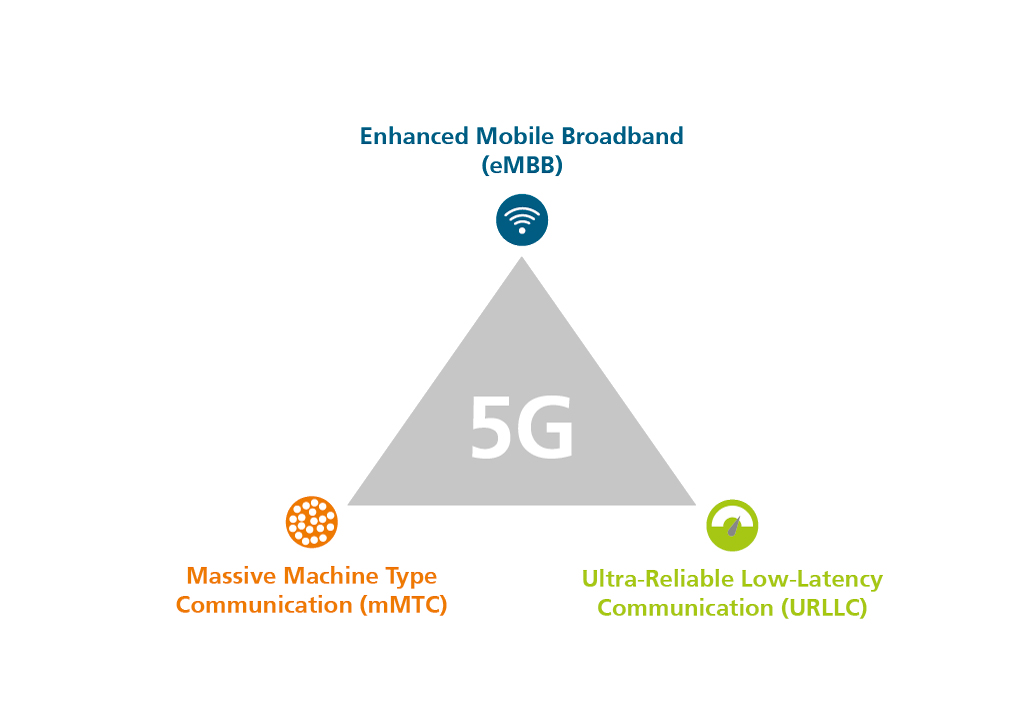With 5G, the performance of mobile communications has been significantly increased and taken to a new level. The new generation not only offers higher data rates, but also enters completely new areas, paving the way for applications that were previously unthinkable. Particularly for industrial and vehicle communication as well as the Internet of Things (IoT), the intelligent connecting of objects offers the opportunity to further develop products, systems and processes in innovative ways.
As an application-oriented research institute, we close the gaps between standardization and application by combining research, standardization work and testing in practical applications. This means we are involved in all phases of establishing 5G and are actively shaping the mobile communications standard. We also support and advise the industry in the development and implementation of new and future 5G technologies.

